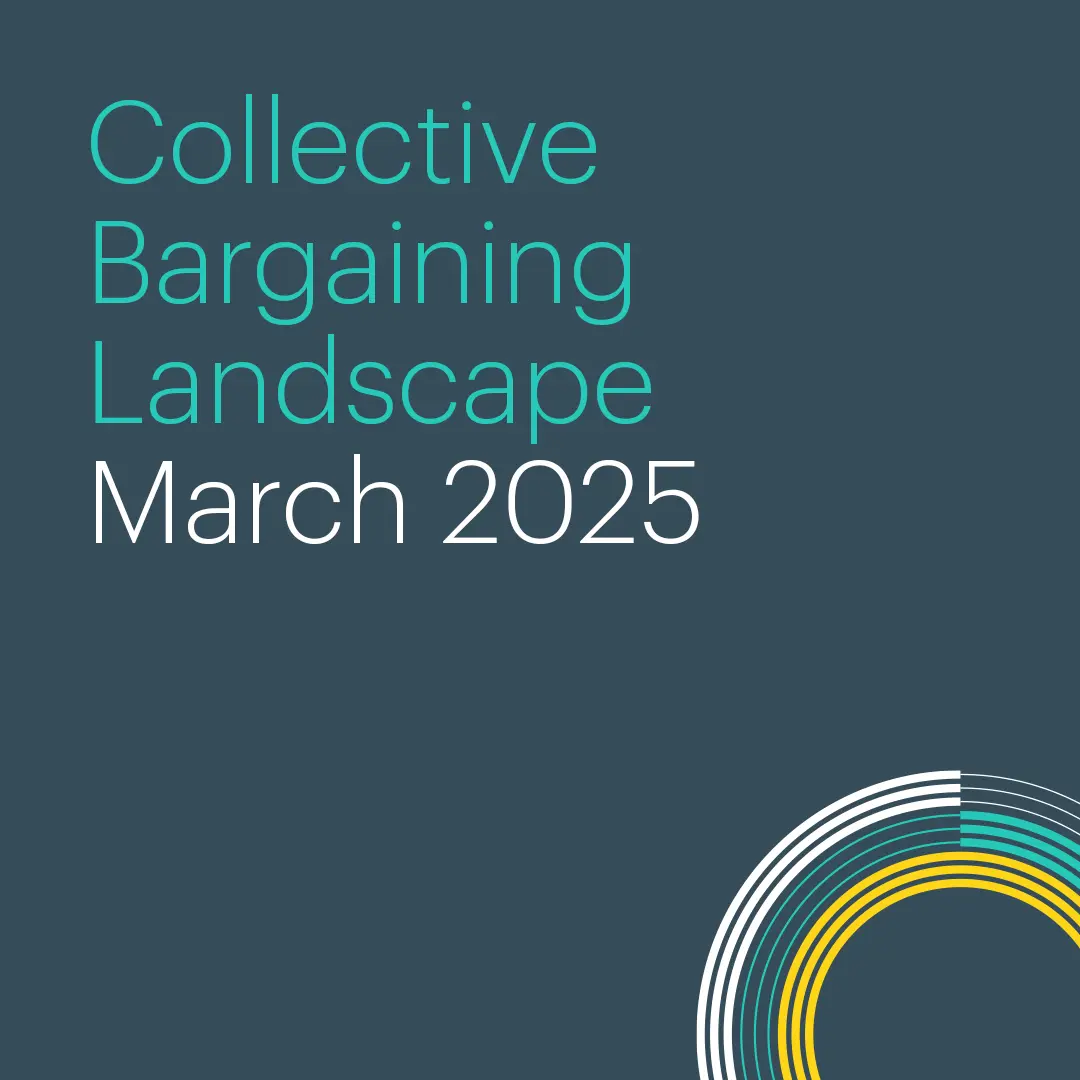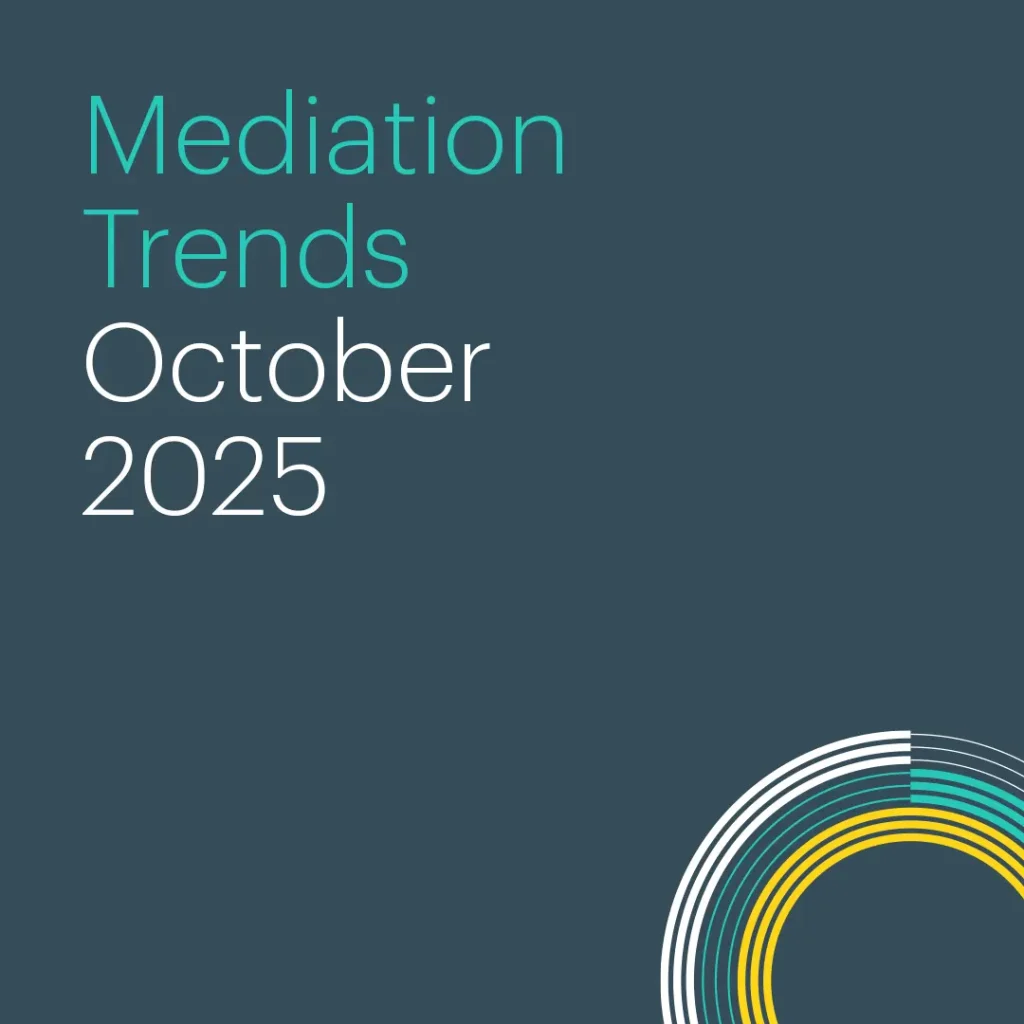As 2025 unfolds, collective bargaining in New Zealand is being shaped by economic conditions, legislative changes, and shifting labour market dynamics. The repeal of the Fair Pay Agreements Act, alongside a government keen on tightening fiscal constraints, has created a challenging environment for negotiations. Perspectives from employees, employers and unions illustrate the complexity of these negotiations, with each party facing distinct pressures and priorities.
The Employee perspective
For employees, the economic outlook is mixed. While unemployment has risen to 5.1% and is forecast to climb to 5.4% in 2025, some skilled sectors still face labour shortages. Employees in high-demand industries such as healthcare, IT, and engineering continue to see wage increases of 3% to 4%, although this is lower than previous years.
Those in lower-skilled roles, particularly in retail, hospitality, and logistics, are experiencing smaller wage increases of 1% to 3%. Many employees are finding that wage growth is not keeping up with their expectations, particularly as employers cite economic uncertainty as a reason for conservative pay rises.
Industrial action is increasingly seen as a viable option for employees frustrated by stagnant wage growth. The use of military personnel to replace striking civilian defence staff in late 2024 was a stark reminder of the government’s willingness to intervene. Many employees feel that collective action is necessary to secure meaningful wage increases, though they also recognise the risks to workplace relationships and long-term job security.
The Employer perspective
Employers are facing a paradox: while workers expect wage increases of 3% or more, economic indicators point to a slow recovery and ongoing cost pressures. Many businesses are restructuring, particularly in the public sector, where the government is seeking to reduce expenditure.
In the private sector, employers in construction, manufacturing, and logistics are offering restrained increases (1%–2.5%) due to lower demand and concerns about profitability. Meanwhile, those in high-demand areas such as healthcare and IT acknowledge the need for competitive pay but remain cautious about long-term commitments given economic uncertainty.
A significant concern for employers is the shift in union bargaining strategies. The increasing number of less experienced organisers has led to earlier industrial action, sometimes before meaningful discussions have taken place. Employers argue that this makes negotiations more adversarial and less productive.
Additionally, the removal of the median wage requirement for Accredited Employer Work Visas has led to a more flexible hiring environment, but some employers remain cautious about over-reliance on migrant workers due to potential future policy shifts.
The Union perspective
Unions continue to push for wage increases that outpace inflation, arguing that real wages have eroded over the past few years. Despite CPI falling by 2.2% to December 2024, unions contend that workers still face rising costs in specific areas, such as housing and essential goods. The current Living Wage of $27.80 remains a key bargaining point for unions, especially in sectors where employers have resisted aligning pay rates accordingly.
However, unions are facing internal challenges. A high turnover of organisers has led to a less experienced negotiating workforce, with newer organisers more inclined to take industrial action when talks reach an impasse. As a result, strike activity is increasing, particularly in the public sector, where wage offers remain subdued (typically between 0% and 2%).
Union leaders have also raised concerns over proposed legislative changes, such as the reintroduction of partial wage deductions for partial strikes and restrictions on personal grievance claims for employees earning over $180,000. They argue that these measures disproportionately favour employers and reduce workers’ ability to advocate for fair pay and conditions.
In summary
Collective agreement bargaining in New Zealand at the start of 2025 is a high-stakes process, with unions, employees, and employers each navigating a complex set of economic and legislative conditions. The balance between wage growth, job security, and business sustainability remains delicate.
With continued industrial unrest expected, particularly in the public sector, all parties will need to engage in pragmatic, solutions-focused bargaining to avoid prolonged disputes and ensure fair outcomes for both workers and businesses in the evolving employment landscape.





